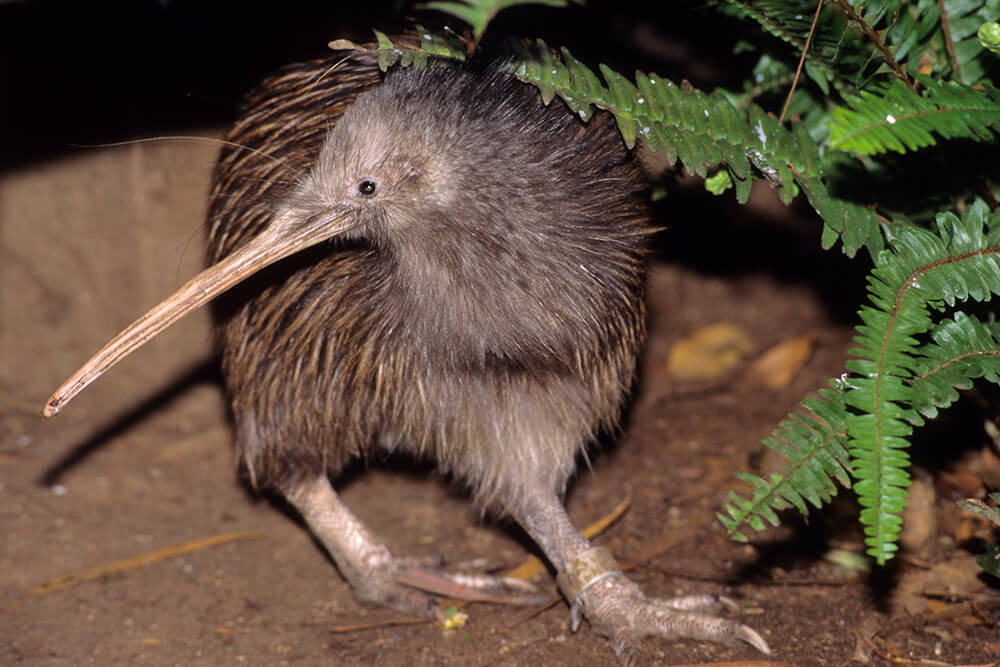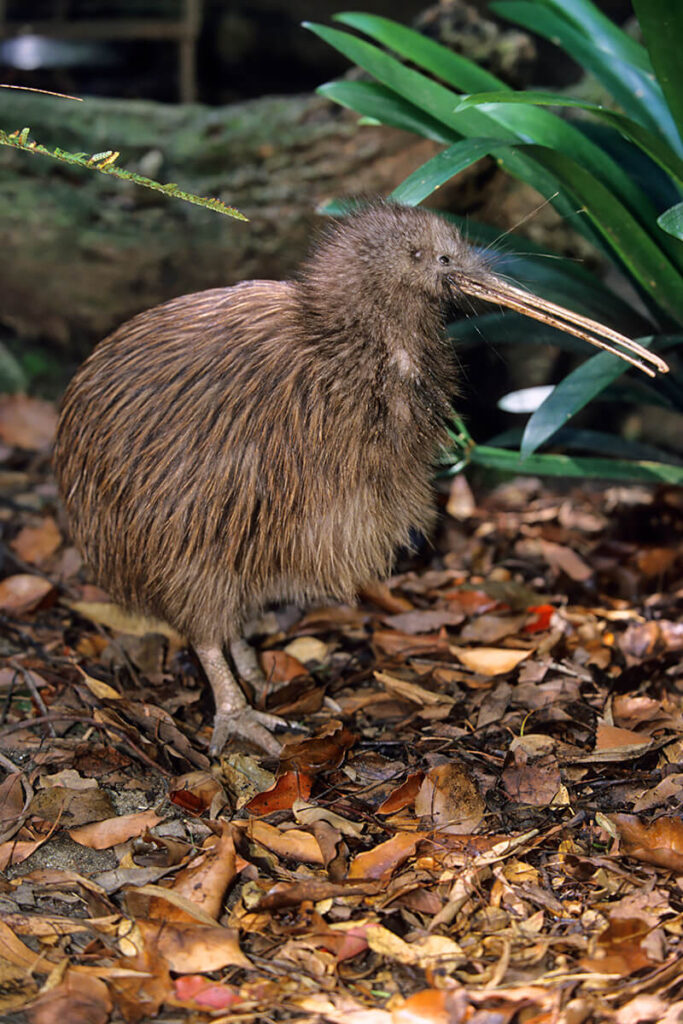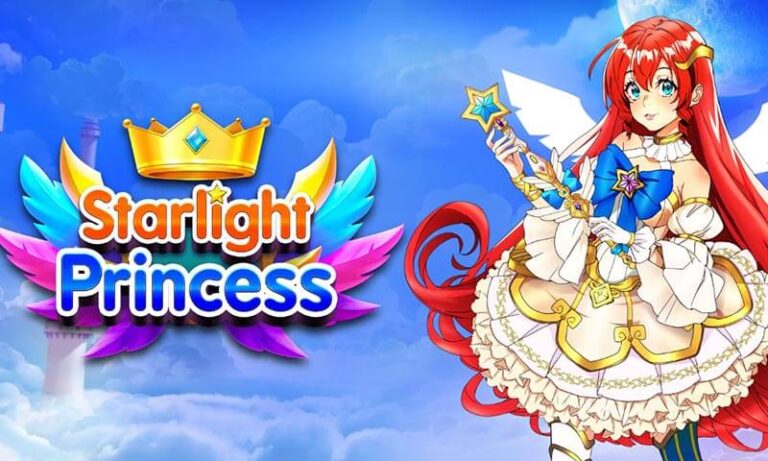KIWI Bird: Flightless New Zealand National Bird
Introduction
In this blog, we will tell you about Kiwi. Moreover, in this blog, we will explain How Kiwis live. What does he eat? How Kiwi searches for prey for his feed And when he didn’t find prey for his breeding, which method did he adopt for preying? The Kiwi is the national bird of New Zealand. The Kiwi is a flightless bird. This bird lays the largest egg for its size. A young Kiwi weighs between 1 kg and 3 kg. Kiwi belongs to the ostrich family.
Appearance of KIWI Bird

This bird looks a bit different from other birds. It has a small head and many feathers on the body. It has no tail at all, legs are strong and attached to the back of the body. Kiwi’s feet have three thick and strong webbed toes at the front. While his back finger is small and raised up. The front toes have long nails. It is reddish-brown or brown and has black stripes. Its hair is different from other birds. It looks like long, thick hair. His eyes are small and weak. Kiwi’s wings are so small that they are barely visible.
Living of KIWI Bird
Kiwis spend the whole day hiding in small caves or holes in the ground under piles of fallen leaves. And come out in search of food at night. They usually become agile in the evening. It makes a hoarse sound in the evening, which is similar to its name, and that is why the natives named it “Kiwi”. Kiwis are also kept as pet birds. It is a gentle bird, just like a cow.

Accommodation of KIWI Bird
Kiwis live in temperate coastal forests. Kiwis spend their entire lives with a single partner. Their lifespan is up to 20 years.
Breading of KIWI Bird
Kiwis build their nests in small caves, pits, or on the ground. Kiwis breed from March to June. Eggs are greenish-white in color. Eggs hatch in 62 to 90 days. When there is an egg in the belly of a kiwi, the kiwi has to be hungry for several days, because the size of the egg is bigger than the size of the kiwi. Because of the egg, there is no room for food in its stomach. The size of the kiwi is equal to that of a domestic chicken, but the egg of a kiwi is six times larger than that of a chicken.
Food
The Kiwi is the only bird that sniffs out its prey. Its long beak is a huge help in finding its prey. They feed on moss and rotting stems with their strong beaks and catch the insects and worms found inside. Apart from this, seeds, fruits, fish, and frogs are also their favorite foods. The method adopted by the Kiwis to obtain sustenance is quite interesting. When the victim is not found despite a lot of searching, it makes a sound that resembles the sound of rain. Insects living inside the ground, thinking that it is raining, come out of the ground and become the food of this bird.
Interesting Facts About Kiwis
- The Kiwi genus name, Apteryx, means without wings, but it’s a misnomer. These birds do have wings, though they’re quite small and equipped with claws! The Mori people believe that the name “Kiwi” comes from their language.
- Reference to the bird’s call, which sounds a bit like a warbling seagull: While the kiwifruit has been cultivated for hundreds of years, it got its current common name.
- name from the bird. Before the 1970s, people called this fruit the Chinese gooseberry. The scientists described the first Kiwi by capturing it in southern New Zealand and bringing it to England.
- Scientists brought the first live Kiwi specimen to England in 1857 and housed it in a zoo in London for years, observing its behavior. In captivity, Kiwi keepers have to watch out for metal and plastic debris in the birds’ substrate.
- Kiwis ingest this material, which can block their throats and make it difficult or impossible for them to eat.
- One conservation effort to help boost kiwi populations is Project Nest Egg, which removes kiwi eggs and chicks from the wild and raises them in captivity until they are large enough to defend themselves from most introduced predators.
- When kiwis reach about half a year old and weigh a little over two pounds, they’re big enough to generally keep themselves safe. Without human conservation efforts, only about 6% of Kiwi chicks live to adulthood. While there are currently about five described Kiwi species, sometimes these species hybridize.
- leading to populations with genetic makeup from at least two different Kiwi species! Many bird species have only one functional ovary, but a female Kiwi often has two working ovaries!
- You’ve also probably heard that kiwi have an extinct owl predator, comes in multiple species
To read more interesting, fun, facts and health-related blogs visit theblogwise.


